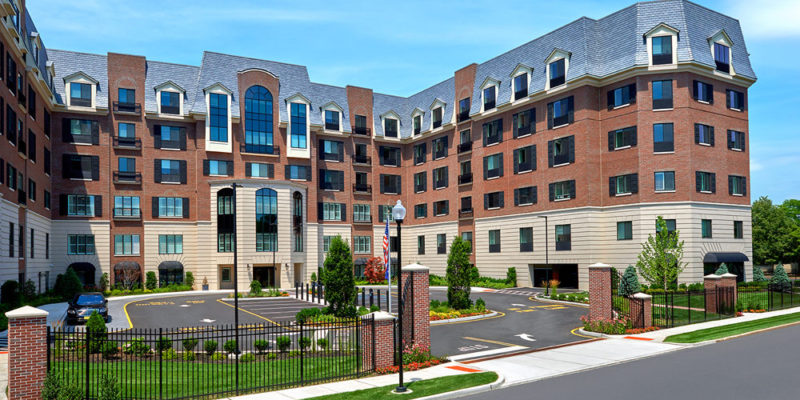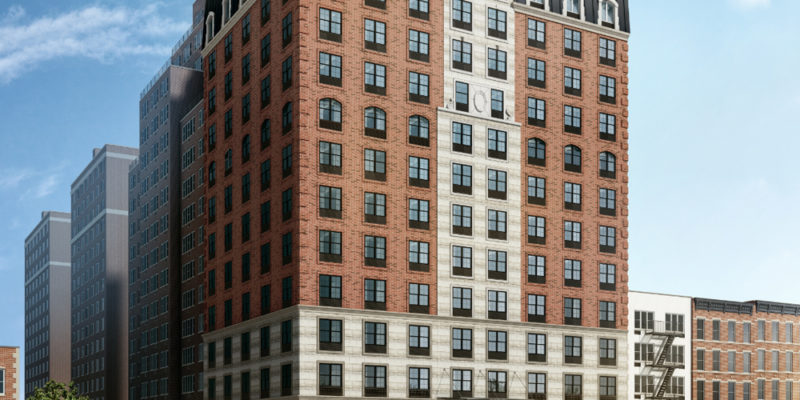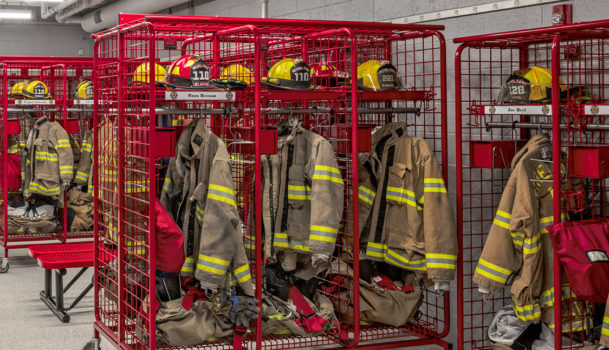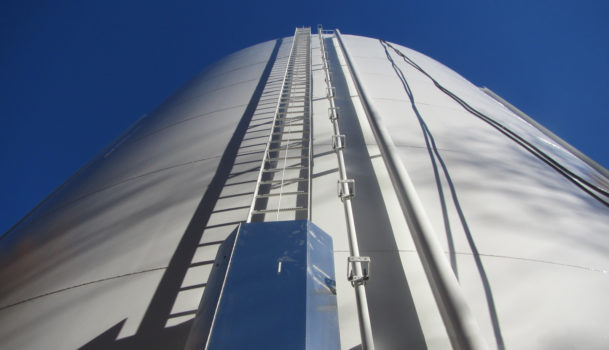Trends in Continuum of Care Facilities
Due to the aging of the Baby Boomer population, in the last five years the trend in Continuum of Care campus like senior communities has grown in popularity. As a result of this, the development of Independent Senior Living Housing being constructed on the same campus as Assisted Living Facilities continues to be the option of choice. We are seeing independent seniors taking a proactive approach to long term life planning. As this increases, the need for responsive design and development is apparent.
The intent of both types of housing is to offer residents the opportunity to make the same day to day choices regarding lifestyle and activities as we are all accustomed to. The Senior Living Housing may offer golf, tennis, yoga/wellness, spa treatments, gardening, art classes, etc. While the Assisted Living Facility would cater more towards a less mobile aging population, the intent is to still provide varieties of choice of activities during the day. This essentially differentiates itself from a Nursing Home where there is an active nursing staff. Many residents are bed ridden or wheelchair bound. Their day is typically planned out by the staff of the facility. This would be seen to most people as a decrease in quality of life.
A very active trend in Assisted Living is the development of programs and exclusive wings for the care of persons with the onset of dementia. Frequently referred to as Memory Care, these building portions attempt to provide activities to both the higher and lower functioning residents. These facilities are designed with the intent of responding to the specific needs of this resident type. Examples include cognitive stimulation through wandering paths that may include wall hangings, large photos, various textures, movie rooms, memory boxes, and music/sound to prompt memories. Outdoor courtyards are provided for recreation as well as gardening utilizing raised beds of flowers and vegetables, these can prompt pleasant memories of youth and being in the “backyard.”
Also being currently developed are Continuum of Care Retirement Communities (CCRC). These campuses contain apartments for independent seniors, an assisted living facility as a health progression option, and a small nursing home component should that become necessary. Frequently, these three elements might be interconnected in order for the residents to move freely from one part to another, having the ability to visit and enjoy time/activities with other residents. Essentially, a CCRC enables someone to completely age in place. This creates a peace of mind and a logical progression of health care for the resident as well as their family.
When designing any facility of this nature, convenience and quality of life are major considerations, whether it be Assisted Living, Senior Living Communities or even Nursing Homes. No matter the trend, one thing all designs have in common is that they are driven by residents’ needs and dignity.
In 2019/2020, we expect to see these trends and their associated designs to become more popular and consistently expand throughout the United States.
David L. Mammina, AIA is Vice President and Deputy Market Director of real estate for H2M architects + engineers. He specializes in Assisted Living and has been the architect for more than 20 new assisted living buildings and many senior living housing projects. He has also been the architect for numerous new nursing home buildings, creating thousands of acute care nursing beds. He specializes in varying facets of health care design, including Article 28 programs such as Diagnostic and Treatment Centers, Dental Programs, Dialysis Facilities, MRI Centers, etc. With over 40 years of experience, he is well known in the industry, and well respected by the New York State Department of Health. He is well versed regarding its codes, rules, and regulations; ADA handicapped access; and NFPA 101 Life Safety Code. He is a member of a committee appointed by the Governor’s office, along with the New York State Department of Health (DOH) for the rewriting of DOH Rules and Regulations relating to assisting living and adult homes.
Senior Living Spotlights Off of Long Island

The Bristal Assisted Living at Englewood
Location: City of Englewood, New Jersey
Size: Six story, 288 bed assisted living (AL) residence including a 65 bed memory care unit for dementia residents.
Prominently located within a mile of George Washington Bridge. 146 car parking garage. There are numerous communal activitiy spaces for residents. These include such features as Card/Game Room, Grill Room, Performing Arts Center, Arts/Crafts, Library, Fitness Center, Beauty Salon, in addition to a large outdoor terrace area for spring/summer activities. The exterior of building is an architectural combination of brick, stone base, and slate roofing.

The Bristal Assisted Living At York Avenue
Location: York Avenue and 86th Street, Manhattan
Size: 14 story, 132 bed facility which is 100% Memory Care
Typical resident floors are designed in a home-like setting. Bedroom units are private studiios with handicap accessible bathrooms. They ring the perimeter of building facing onto the two streets. Bedrooms open onto a communal living area with living room, dining room, tv/audio visual space, arts & crafts. There is a balcony on each floor which is designed to have views to the East River. In addition, there is an outdoor terrace space on the first floor. At the building’s roof top there is a full amenity floor which contains activity spaces, a terrace, as well as a wellness center and an excercise room.

For more information regarding capital planning, please contact
David Mammina, AIA,-Deputy Market Director of Real Estate


